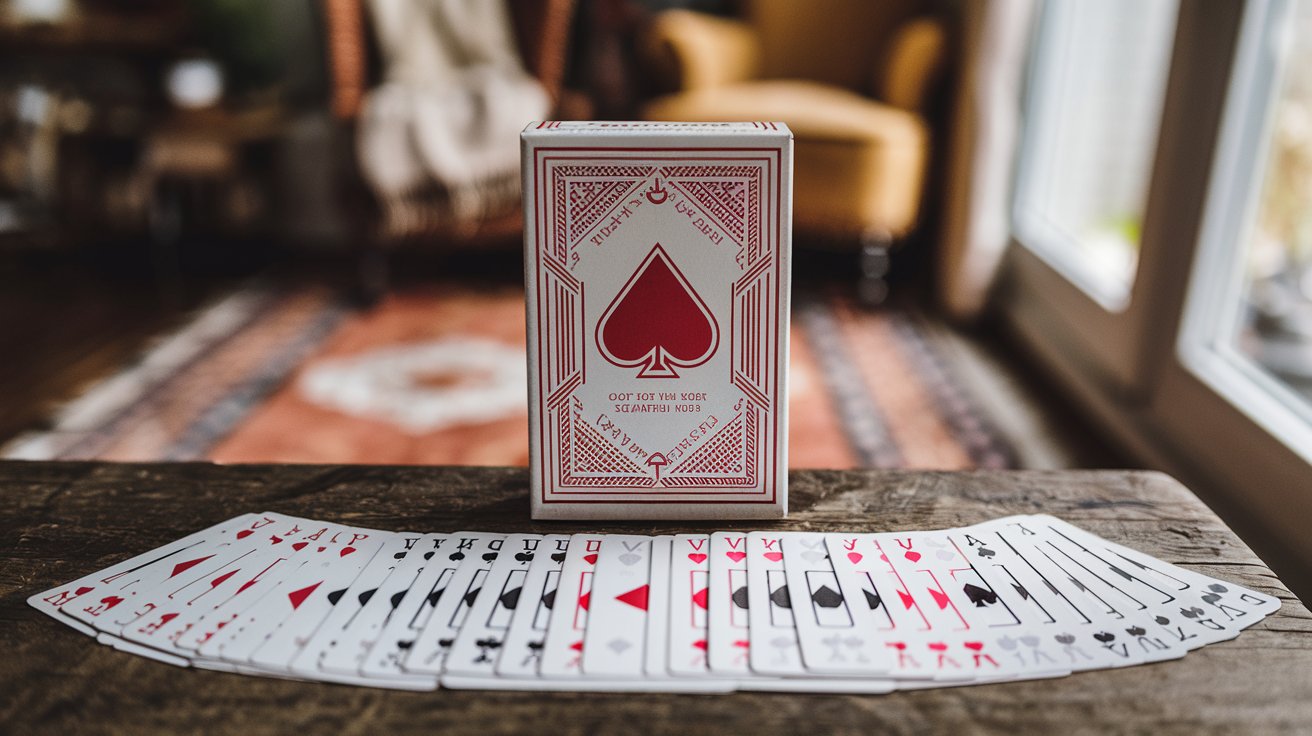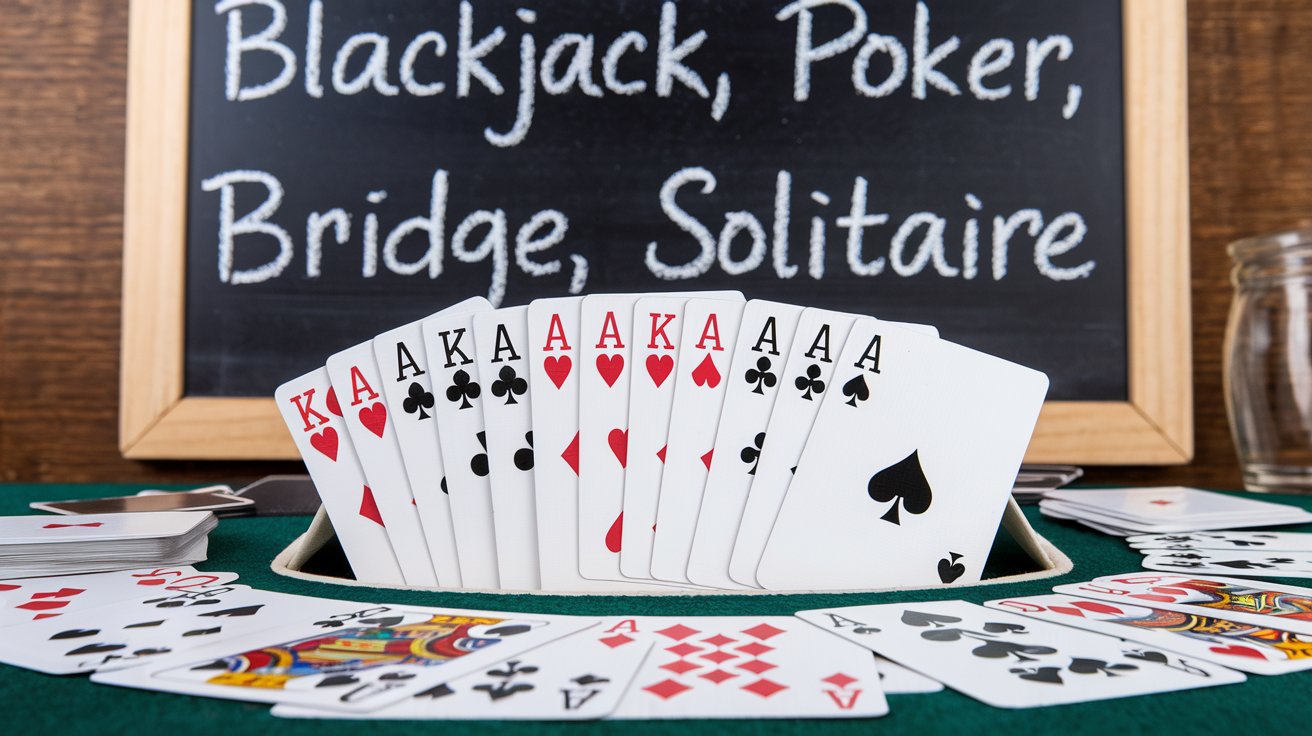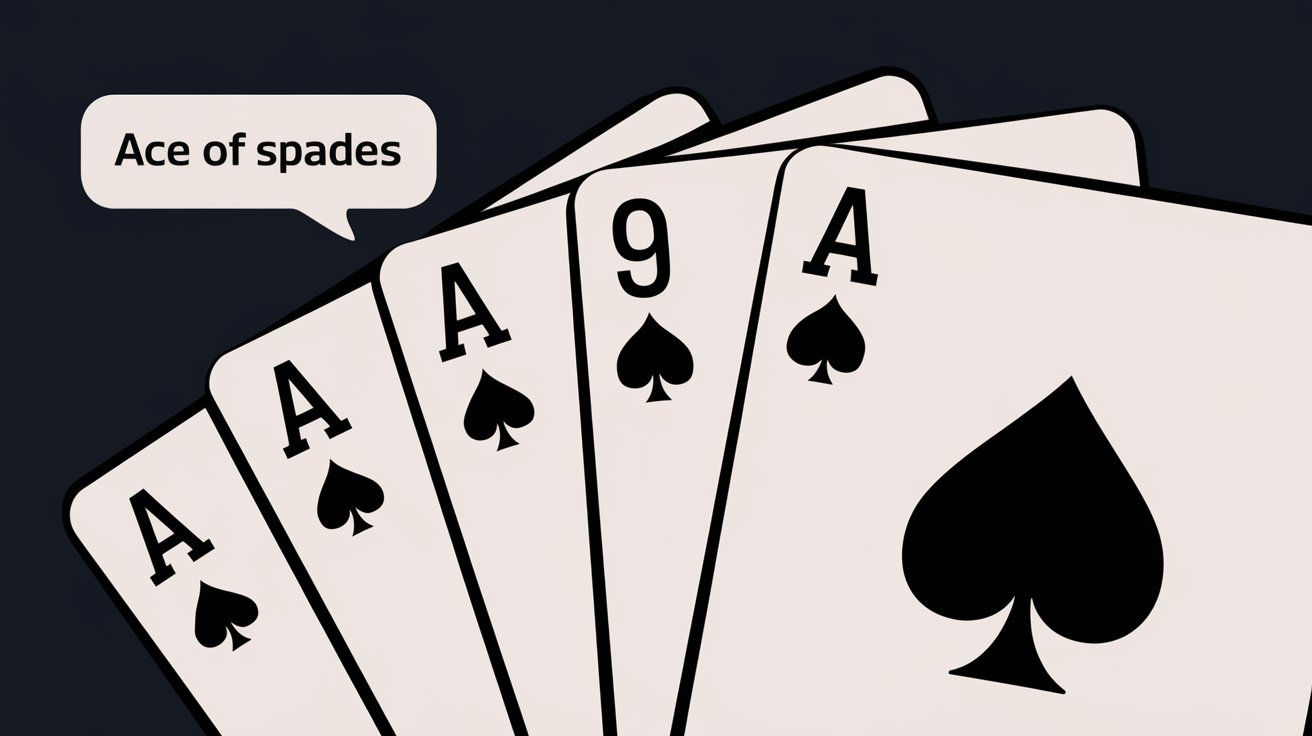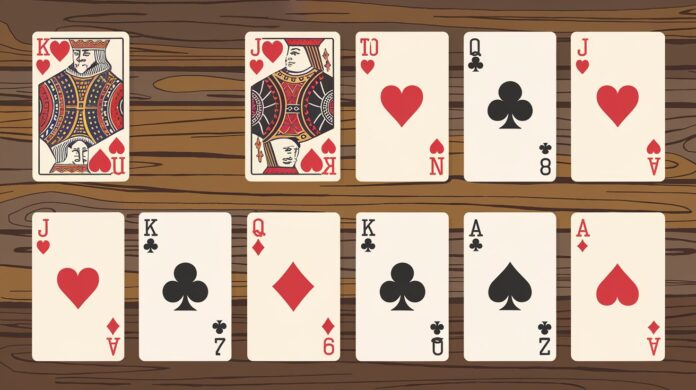Playing cards have been a source of entertainment, strategy, and even art for centuries. Whether you’re playing a friendly game at home or competing in a high-stakes tournament, understanding the pack of cards names can elevate your gameplay and appreciation of this timeless pastime. In this guide, we’ll explore the names of every card in a standard deck, discuss their meanings and origins, and provide useful tips to help you master the deck like a pro. चलिए शुरू करते हैं और सीखते हैं कि कैसे हर कार्ड के पीछे की कहानी आपके गेमिंग experience को enrich कर सकती है!
The World of Playing Cards
A standard deck of cards contains 52 cards divided into four suits: Hearts, Diamonds, Clubs, and Spades. Each suit includes numbered cards from Ace to 10 and three court cards – the Jack, Queen, and King. The pack of cards names isn’t just a list of labels; it’s a blend of history, culture, and design that has evolved over centuries.
In this article, we’ll dive deep into:
-
The origins and evolution of playing cards
-
Detailed explanations of the names in a pack of cards
-
Cultural significance and symbolism of each card
-
Tips and tricks for mastering card games by knowing your deck
Let’s shuffle the deck and begin our journey!
Understanding the Pack of Cards

1. The Four Suits
A standard deck is divided into four suits, each with its own unique characteristics and symbolism.
Hearts (♥)
-
Meaning: Love, emotions, and passion
-
Fun Fact: Often associated with the human heart, symbolizing life and vitality.
Diamonds (♦)
-
Meaning: Wealth, power, and clarity
-
Fun Fact: Diamonds reflect brilliance and are synonymous with luxury.
Clubs (♣)
-
Meaning: Growth, creativity, and energy
-
Fun Fact: Represented by clover-like shapes, clubs signify prosperity and nature.
Spades (♠)
-
Meaning: Challenges, wisdom, and transformation
-
Fun Fact: Spades have often been linked to both warfare and intellect.
2. Numbered Cards
Each suit has numbered cards from Ace (which can be considered both high and low in different games) through 10.
-
Ace: The most versatile card, representing beginnings and often high value.
-
Two to Ten: These cards follow a natural progression and are key in many card combinations.
-
Usage Tip: In many games, strategizing with numbered cards requires understanding their sequential and arithmetic value.
3. Court Cards
The court cards bring personality and character to the deck. These include:
-
Jack (J):
-
Role: Often depicted as a young man or servant.
-
Symbolism: Represents agility, resourcefulness, and sometimes mischief.
-
-
Queen (Q):
-
Role: The female counterpart who embodies grace and power.
-
Symbolism: Often associated with intuition, nurturing, and authority.
-
-
King (K):
-
Role: The leader of the suit, symbolizing control and responsibility.
-
Symbolism: Stands for wisdom, protection, and leadership.
-
Detailed Breakdown: Pack of Cards Names
Let’s take a closer look at the pack of cards names in a standard deck using a simple table:
| Card Type | Name in English | Common Symbolism | Interesting Fact |
|---|---|---|---|
| Ace | Ace | Excellence, new beginnings, power | Sometimes used as both the highest and lowest. |
| Number Cards | Two – Ten | Sequential value, strategy, combination | Essential for forming sequences and sets. |
| Jack | Jack | Youth, agility, cunning | Represents the transition from youth to adulthood. |
| Queen | Queen | Authority, intuition, beauty | Often viewed as the most influential court card. |
| King | King | Leadership, strength, responsibility | Symbolizes the ultimate power in many games. |
The Cultural and Historical Significance of Playing Cards

Playing cards have a rich history that intertwines with art, literature, and even politics. Here are some highlights:
-
Historical Origins:
Playing cards are believed to have originated in China during the Tang Dynasty, later spreading to Europe where they underwent significant evolution. -
Art and Design:
Each card is a miniature work of art. The designs vary widely across cultures, with European decks emphasizing intricate details and American decks focusing on bold imagery. -
Symbolism in Card Games:
Many card games incorporate the symbolic meanings of the cards into gameplay. For example, the Ace of Spades is often considered a powerful card in games like poker and blackjack. -
Modern Usage:
Today, cards are not only used for games but also in magic tricks, divination (tarot cards), and even as collectibles.
Tips for Mastering Card Games by Knowing Your Deck

Understanding the pack of cards names can significantly boost your gameplay. Here are some useful tips:
-
Memorize the Order:
Practice the sequence of cards in each suit. This helps in quick decision-making during games. -
Learn the Symbolism:
Knowing the historical and cultural background of each card can give you insights into their usage and significance in various games. -
Use Flashcards:
Create flashcards with the card name on one side and its meaning or symbolism on the other to test your memory. -
Play Regularly:
The more you play, the better you’ll become at recognizing patterns and strategizing based on your cards. -
Engage with the Community:
Join online forums and card game groups to exchange tips, strategies, and interesting trivia about the pack of cards names.
Frequently Asked Questions (FAQs) About Pack of Cards Names
Q1: What are pack of cards names?
A: Pack of cards names refer to the names of all the cards in a standard deck, including the numbered cards (Ace through 10) and the court cards (Jack, Queen, King) across four suits: Hearts, Diamonds, Clubs, and Spades.
Q2: Why is it important to know the names and meanings of playing cards?
A: Knowing the names and meanings of playing cards helps you understand the game better, improves your memory and strategy, and deepens your appreciation of the card’s historical and cultural significance.
Q3: Can learning pack of cards names improve my gameplay?
A: Absolutely! When you know your deck inside out, you can make quicker decisions and develop more effective strategies during card games.
Q4: Are there different versions of pack of cards names in various cultures?
A: Yes, while the basic structure remains the same, different regions may have variations in design, naming conventions, and symbolism. For example, European and American decks often have distinct artistic styles.
Q5: How can I best learn and memorize the pack of cards names?
A: Use flashcards, practice with actual decks, and engage with online communities. Regular gameplay and trivia quizzes can also help reinforce your memory.
Conclusion
Mastering the pack of cards names is a foundational skill for any card game enthusiast. By understanding the names, meanings, and historical significance of each card, you can enhance your gameplay, develop smarter strategies, and gain a deeper appreciation for this timeless form of entertainment. Whether you’re playing for fun or aiming to win big in tournaments, knowing your deck like a pro is key.
So, what are you waiting for? Grab a deck of cards, study the names, and start applying your newfound knowledge in your next game. Share this guide with fellow card lovers, and let’s continue the conversation about the fascinating world of playing cards. Happy gaming and learning!

Zareb Saleh is a journalist at Gulf Today and a ghostwriter for Gameoholic, specializing in gaming, technology, and digital culture. With a keen eye for industry trends, he delivers insightful stories that engage and inform readers.




